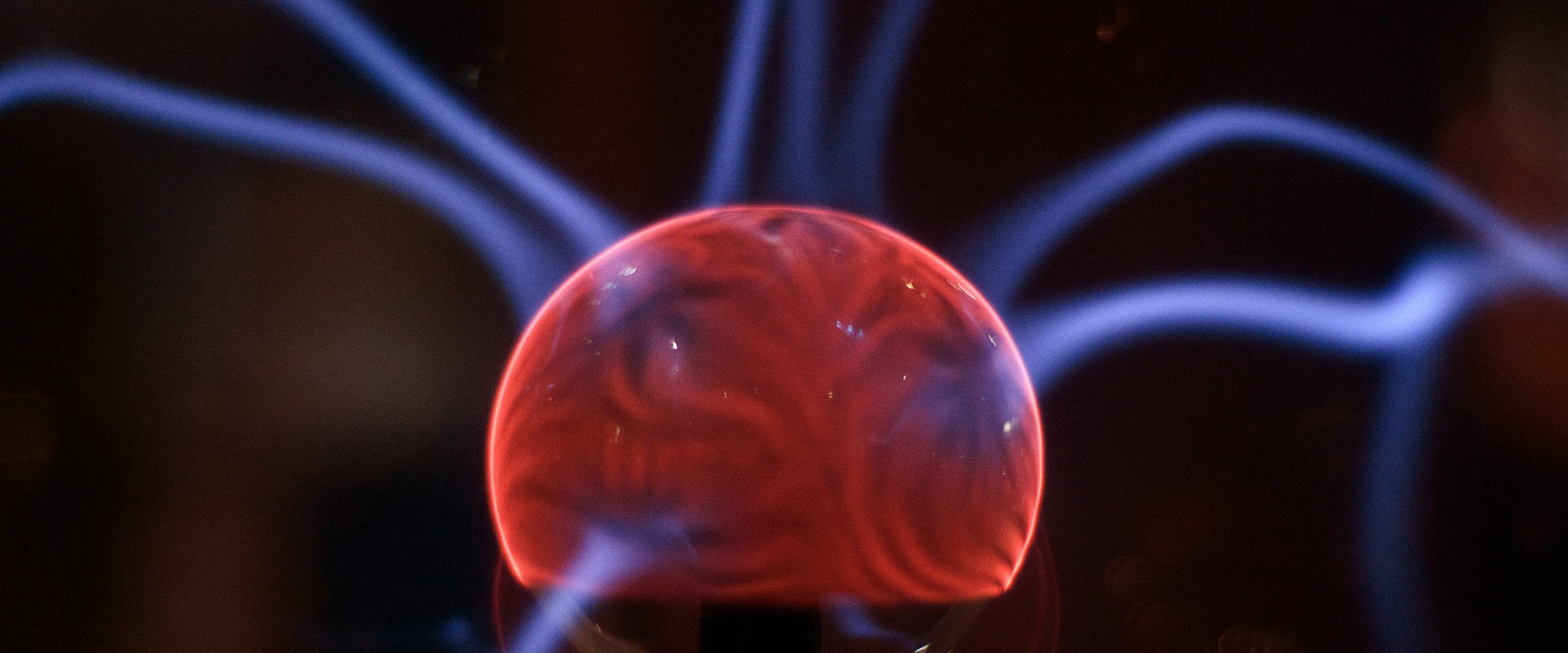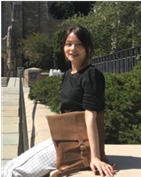Team

Shumin Duan reveived his Ph. D. degree from Kyushu University in Japan in 1991 and received a postdoctoral training at University of Hawaii and University of California at San Francisco during 1997-1999. His research interests covers several important topics in neuroscience, including 1) the function and the mechanisms of neuron-glia interactions in health and disease; 2) the development, function, and plasticity of synapses; and 3) neural circuits basis of innate behaviors (including sleep and waking, emotion, and aggressive behaviors) and their related disease.
Dr Duan is an academician of Chinese Academy of Sciences and a member of the Academy of Sciences for the Developing World (TWAS). He served as the president of Chinese Society for Neuroscience from 2011 to 2019. He is currently the Editor-in-Chief of Neuroscience Bulletin (an official journal of Chinese Society for Neuroscience), the Advisory Board member of Neuron, and an editorial board member in several international neuroscience journals.
Engaged in neuroscience research for many years, Shumin Duan has made systematic innovations in neuron-glial cell interaction, synaptic development and function, and neural circuit analysis for precise regulation of brain function.
 Duan Shumin
Duan Shumin
Research directions include:
1. The regulation mechanism of ATP released by glial cells on synaptic plasticity;
2. The transport and release mechanism of neuronal presynaptic vesicles;
3. The transport and release mechanism of microglia vesicles;
4. Early neuronal network formation;
5. The neural circuit basis of mood and mood-related diseases.
The research methods mainly include:
1. Single and double patch clamp recordings in cultured neurons and isolated brain slices;
2. Morphological studies of confocal and electron imaging;
3. Live-cell time-lapse imaging, combined with protein transfection with GFP for the study of the dynamic distribution of some important protein molecules, organelle movement and vesicle secretion;
4. Using transgenic animals and conditional gene knockout mice produced by the use of glial cell specific molecules as promoters and the Cre-LoxP system to interfere with the specific molecules in the glia for investigating the roles of glial cells in various neurological functions;
5. Combined optogenetics, animal behavior with virus reverse tracking to study the roles of specific types of neurons in emotion or disease-related neural circuits.
-
 Yufeng Shi, Lab Manager
Email:yufeng.shi@shsmu.edu.cn
Research Direction:
Yufeng Shi, Lab Manager
Email:yufeng.shi@shsmu.edu.cn
Research Direction:
-
 Kelei Cao, Research Associate
Email:keleicao@sjtu.edu.cn
Research Direction:1. Neuroimmune regulation;2. The role and mechanism of neuroinflammation in mental diseases;3. Regulation mechanism of microglia in sleep and anesthesia
Kelei Cao, Research Associate
Email:keleicao@sjtu.edu.cn
Research Direction:1. Neuroimmune regulation;2. The role and mechanism of neuroinflammation in mental diseases;3. Regulation mechanism of microglia in sleep and anesthesia
-
 Dan Dai, Research Associate
Email:daidan@shsmu.edu.cn
Research Direction:1. The pathogenesis of autonomic nervous disorders caused by emotional diseases includes the circuit mechanism of eating disorders, gastrointestinal disorders, heart rate and metabolic abnormalities;2. The neurocircuitry underlying clinical symptoms of de
Dan Dai, Research Associate
Email:daidan@shsmu.edu.cn
Research Direction:1. The pathogenesis of autonomic nervous disorders caused by emotional diseases includes the circuit mechanism of eating disorders, gastrointestinal disorders, heart rate and metabolic abnormalities;2. The neurocircuitry underlying clinical symptoms of de
-
 Feng Zhu, Postdoctoral Fellow
Email:pd390775@shsmu.edu.cn
Research Direction:1. Neural mechanism of sleep improving cognition;2. Neurobiological mechanisms of stress disorder
Feng Zhu, Postdoctoral Fellow
Email:pd390775@shsmu.edu.cn
Research Direction:1. Neural mechanism of sleep improving cognition;2. Neurobiological mechanisms of stress disorder
-
 Wanqin Tan, Postdoctoral Fellow
Email:twq.8023@outlook.com
Research Direction:1. Mechanisms of emotion regulation by Glp1 receptors;2. Mechanisms underlying the regulation of anxiety behavior by astrocytes
Wanqin Tan, Postdoctoral Fellow
Email:twq.8023@outlook.com
Research Direction:1. Mechanisms of emotion regulation by Glp1 receptors;2. Mechanisms underlying the regulation of anxiety behavior by astrocytes
-
 Qian He, Research Assistant
Email:2549241708@qq.com
Research Direction:The mechanism of sleep in depression
Qian He, Research Assistant
Email:2549241708@qq.com
Research Direction:The mechanism of sleep in depression
-
 Shanghui Zhu, Joint Master Program Student
Email:1354283245@qq.com
Research Direction:Neural mechanism of sleep regulating feeding and body weight
Shanghui Zhu, Joint Master Program Student
Email:1354283245@qq.com
Research Direction:Neural mechanism of sleep regulating feeding and body weight
-
 Xiaoyu Zhai, Undergraduate Student
Email:xiaoyu_zhai@sjtu.edu.cn
Research Direction:
Xiaoyu Zhai, Undergraduate Student
Email:xiaoyu_zhai@sjtu.edu.cn
Research Direction:
-
 Xiao Zhang, Joint Master Program Student
Email:2830984022@qq.com
Research Direction:Neural mechanism of sleep regulating feeding and body weight
Xiao Zhang, Joint Master Program Student
Email:2830984022@qq.com
Research Direction:Neural mechanism of sleep regulating feeding and body weight
-
Zhu ZG#, Miao L#, Li K, Ma Q, Pan L, Sun L, Yu Y, Duan S* (2024). A hypothalamic-amygdala circuit underlying sexually dimorphic aggression. Neuron. 10:S0896-6273(24)00457-4.

-
Zhao H#, Liu J#, Shao Y#, Feng X, Zhao B, Sun L, Yang H*, Duan S*, Yu Y* (2024). Control of defensive behavior by the nucleus of Darkschewitsch GABAergic neurons. Natl Sci Rev. 11(4):nwae082.

-
Cao K#, Qiu L#, Lu X, Wu W, Hu Y, Cui Z, Jiang C, Luo Y, Shao Y, Xi W, Zeng LH, Xu H, Ma H, Zhang Z, Peng J, Duan S*, Gao Z* (2023). Microglia modulate general anesthesia through P2Y12 receptor. Curr Bio. 5;33(11):2187-2200.e6.

-
Hu Y#, Cao K#, Wang F#, Wu W, Mai W, Qiu L, Luo Y, Ge WP, Sun B, Shi L, Zhu J, Zhang J, Wu Z, Xie Y, Duan S*, Gao Z* (2022). Dual roles of hexokinase 2 in shaping microglial function by gating glycolytic flux and mitochondrial activity. Nat Metab. 4(12):1756-1774.

-
Zhu Z, Ma Q, Miao L, Yang H, Pan L, Li K, Zeng LH, Zhang X, Wu J, Hao S, Lin S, Ma X, Mai W, Feng X, Hao Y, Sun L, Duan S*,Yu YQ*. (2021). A substantia innominata-midbrain circuit controls a general aggressive response. Neuron. 109(9):1540-1553.e9.

-
Liu YJ*#, Zhang T#, Chen S, Cheng D, Wu C, Wang X, Duan D, Zhu L, Lou H, Gong Z, Wang XD, Ho MS, Duan S* (2021). The noncanonical role of the protease cathepsin D as a cofilin phosphatase. Cell Res. 31(7):801-813.

-
Liu YJ*, Zhang T, Cheng DX, Yang JH, Wang XY, Chen SC, Li X, Duan D, Lou HF, Zhu LY, Luo JH, Ho M*, Wang XD*, Duan S* (2020). Late endosomes promote microglia migration via cytosolic translocation of immature protease cathD. Sci Adv 6:eaba5783.

-
Li S*#, Liu R#, Guo F, Wen M, Ma X, Li K, Sun H, Xu C, Li Y, Zhu Z, Li X, Yu Y, Chen Z, Li X, Duan S* (2020). Parabrachial nucleus circuit governs 1 neuropathic pain-like behavior. Nat Commun 11:5974.

-
Tan Z#, Liu Y#, Xi W, Lou H, Zhu L, Guo Z, Mei L, Duan S* (2017). Glia-derived ATP inversely regulates excitability of pyramidal and CCK-positive neurons. Nat Commun 8:13772-13772.

-
Ge W#, Yang X#, Zhang Z, Wang H, Shen W, Deng Q, Duan S* (2006). Long-term potentiation of neuron-glia synapses mediated by Ca2+-permeable AMPA receptors. Science 312:1533-1537.

-
Xiang Y, Li Y, Zhang Z, Cui K, Wang S, Yuan X, Wu C, Poo M, Duan S* (2002). Nerve growth cone guidance mediated by G protein-coupled receptors. Nat Neurosci 5:843-848.

Address:Room 201, Building B, Medical Research Building, 131 Dong'an Road, Xuhui District, Shanghai
Postcode:200032
Telephone/Fax:021-54237056
Email:shumin@fudan.edu.cn









 Location:
Location: